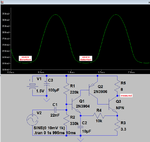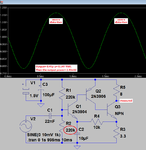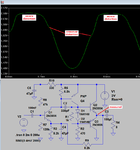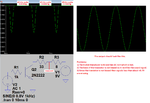illusionists
Junior Member level 2
As we know that there exist UHF earpiece by Chinese companies. The working principle is simple. Receive electromagnetic waves from an loop. We the receiver consist of T-Coil (Telecoil) .
i works on single 1.5 volts (sound not much clear) .But works. I had bought it an broke while reversing the circuit . small smd. but there were 3 resistors,2 diodes, and 2 transistor. // If we want we can use 3 volts .
. small smd. but there were 3 resistors,2 diodes, and 2 transistor. // If we want we can use 3 volts .
So ,guru's,how can we make one ? what parts we need ? what op-amp IC . Circuit? .Please share. If i complete then i share whole nice youtube tutorial on how to make it from base. I'm not that good in electronics (I'm from IT) .But electronics had been interesting me from some time and years.
See here is an example:-
![super-sneak-hidden-in-ear-spy-audio-receiver[1].jpg super-sneak-hidden-in-ear-spy-audio-receiver[1].jpg](https://www.edaboard.com/data/attachments/47/47998-741b007db3972e59b7ba60e0f9b59c57.jpg)
Oh,and one i bought was same as above and it also had an telecoil .
Respect "Audioguru"
i works on single 1.5 volts (sound not much clear) .But works. I had bought it an broke while reversing the circuit
So ,guru's,how can we make one ? what parts we need ? what op-amp IC . Circuit? .Please share. If i complete then i share whole nice youtube tutorial on how to make it from base. I'm not that good in electronics (I'm from IT) .But electronics had been interesting me from some time and years.
See here is an example:-
![super-sneak-hidden-in-ear-spy-audio-receiver[1].jpg super-sneak-hidden-in-ear-spy-audio-receiver[1].jpg](https://www.edaboard.com/data/attachments/47/47998-741b007db3972e59b7ba60e0f9b59c57.jpg)
Oh,and one i bought was same as above and it also had an telecoil .
Respect "Audioguru"






